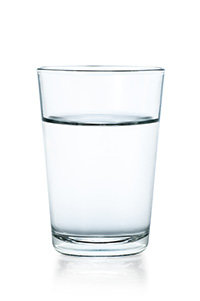Select an Approach and Develop a Design Proposal

Now that you have explored different possibilities, it is time for your team to select an approach . In choosing a solution, consider:
- How does your system work to remove contaminants? Does it remove both chemical and physical contaminants?
- Can this system be produced inexpensively?
- Can this system be scaled up if necessary? What modifications would you need to make?
Briefly describe your approach on page 8 of your Engineering Portfolio.
Next, review the components of a design proposal on page 9, and write your design proposal on pages 10-12 in your Engineering Portfolio. Your design proposal should describe the problem of access to clean water and how your system can help. As part of this design proposal, you will need to create a technical drawing. You have two options: draw your proposed water purification system in your Engineering Portfolio on page 12, or use a design tool like
SketchUp.com
![]() . You may also wish to review the
rubric
for this activity before beginning.
. You may also wish to review the
rubric
for this activity before beginning.
Once your design proposal is complete, submit it to your teacher for approval.


